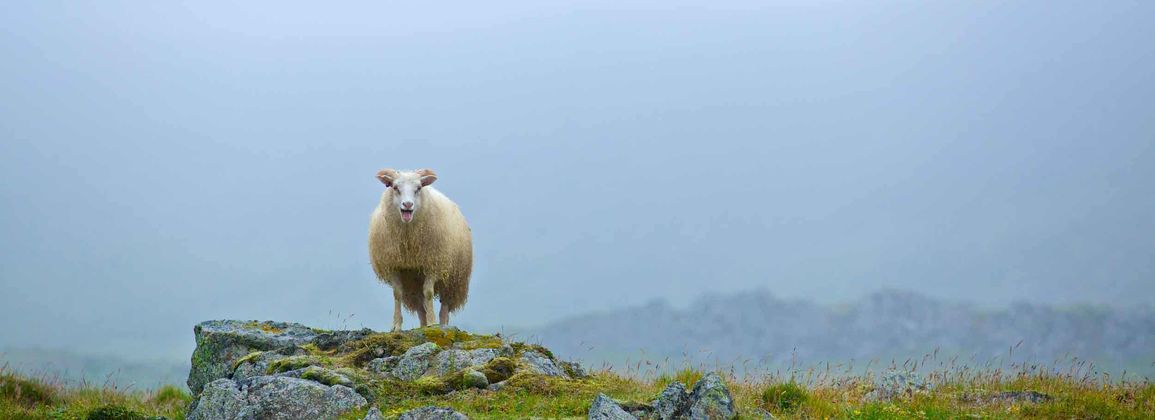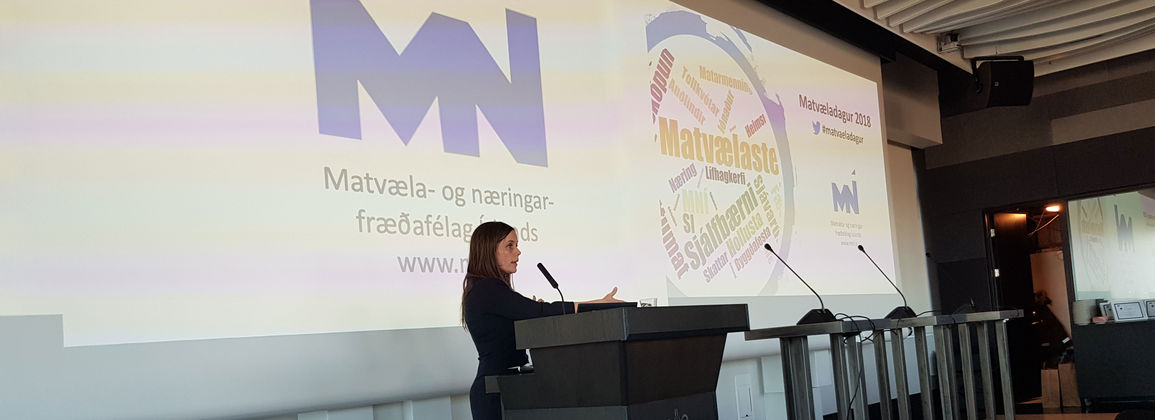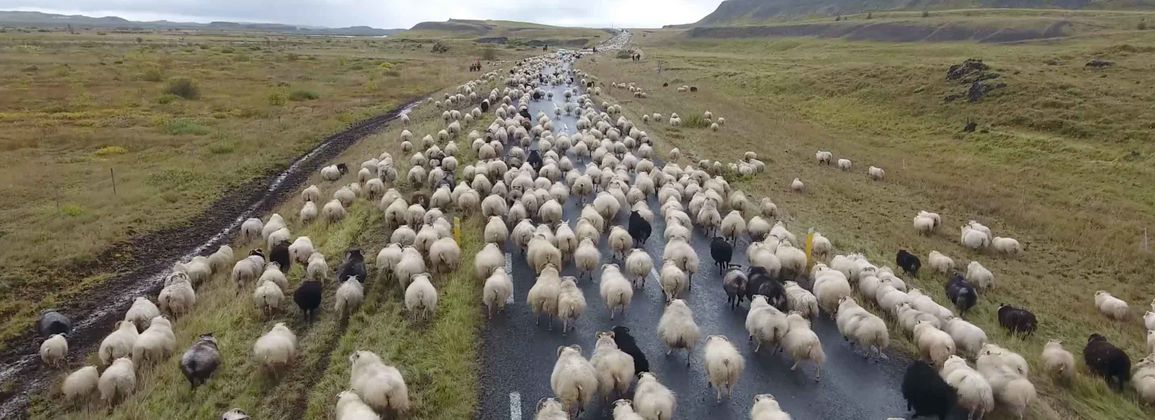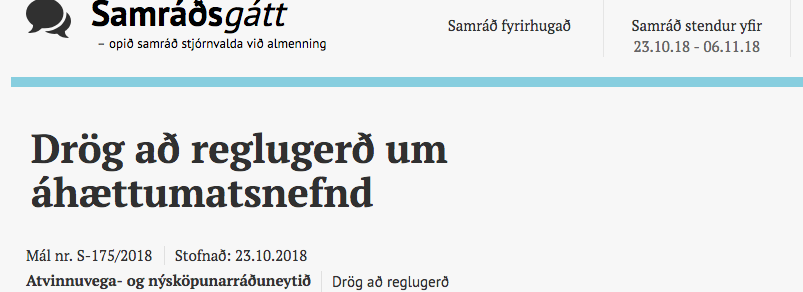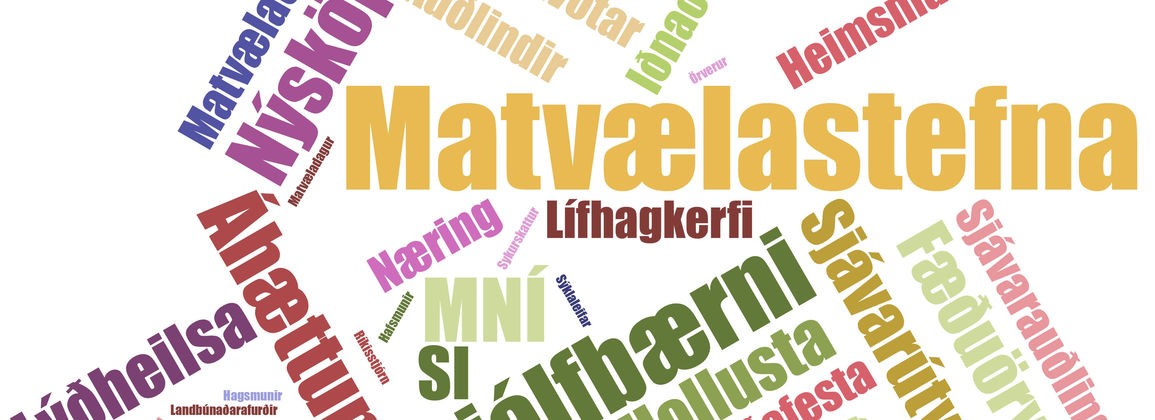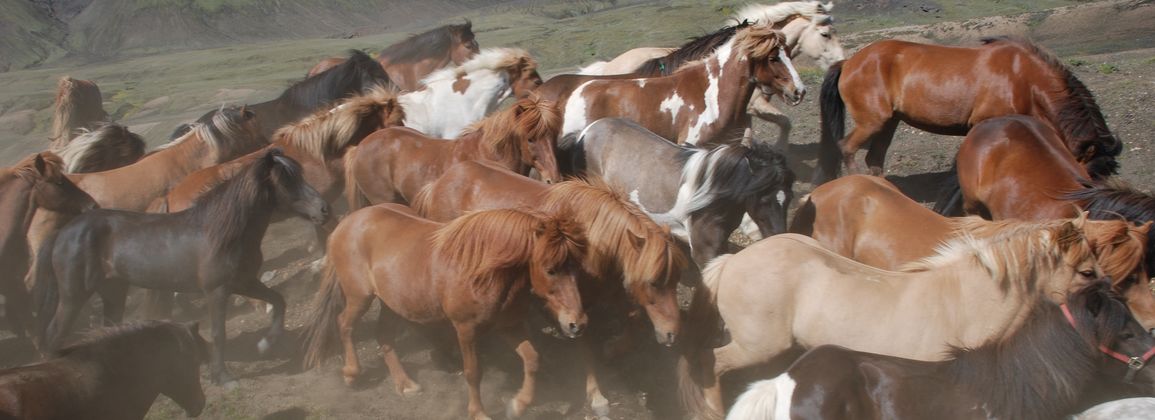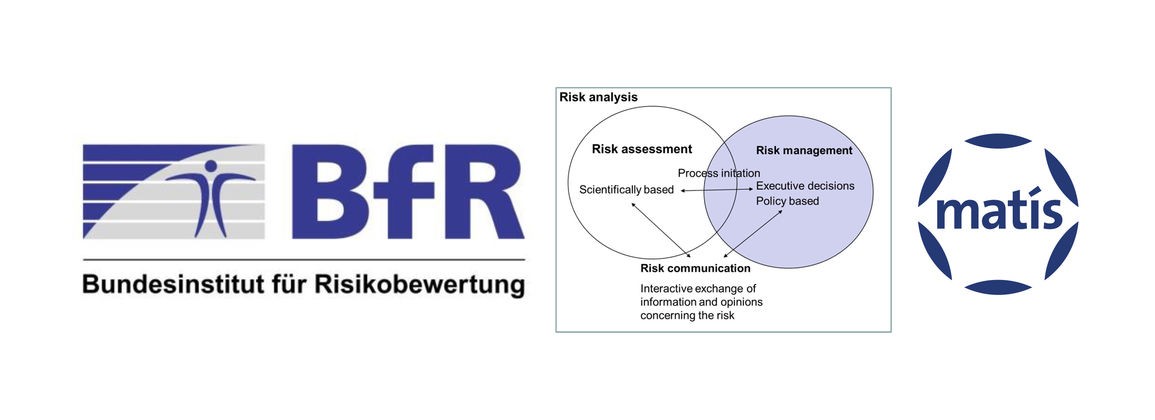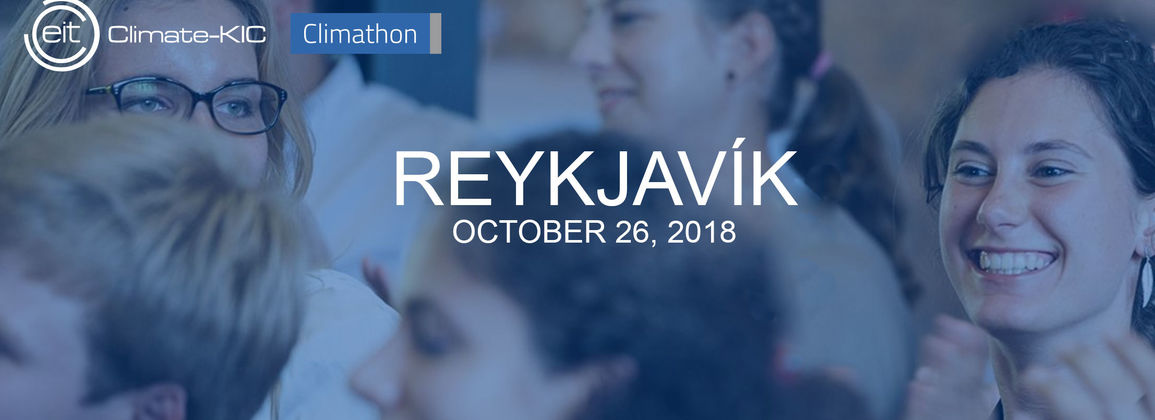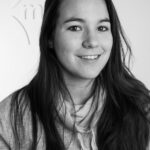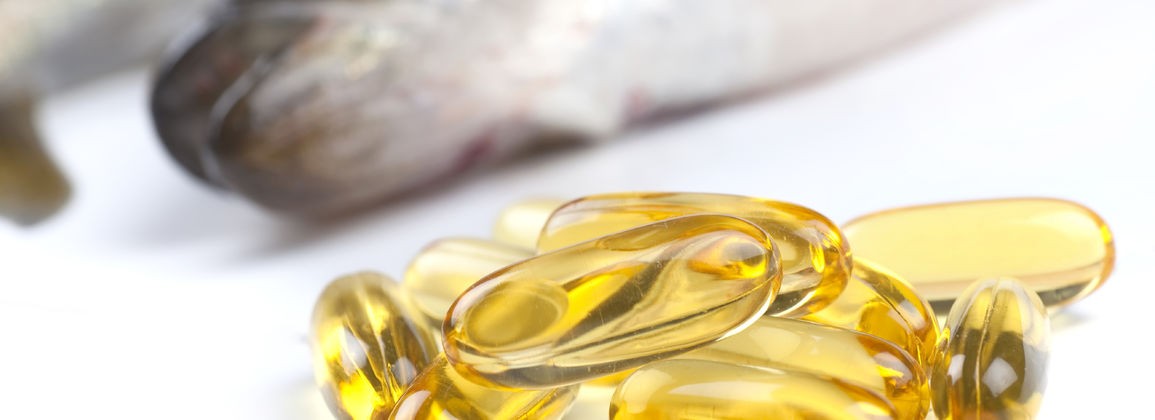How can we increase the value of the sheep value chain? Do you have a great idea for example about new product, marketing, service, design, distribution, grazing management, animal welfare, sustainability, utilization of by-products, agricultural contracts, legal environment, revolution or other?
Matís, Landbúnaðarháskóli Íslands, Bifröst University, Landgræðslan, Ráðgjafamiðstöð landbúnaðarins, Matvælastofnun, Landssamtök sauðfjárbænda, Samtök ungra bændar, Háskóli Íslands and Icelandic Lamb stand for so-called Lambaþon 9 - 10 November.
What is Lambaþon?
Lambaþon is a competition between teams of 4-8 people for the best idea to increase value creation in the value chain of sheep in Iceland. Individuals can also register and will be paired with other individuals at the start of the Lambathon.
Take part in promoting value in agriculture - take part in Lambaþon 2018!

